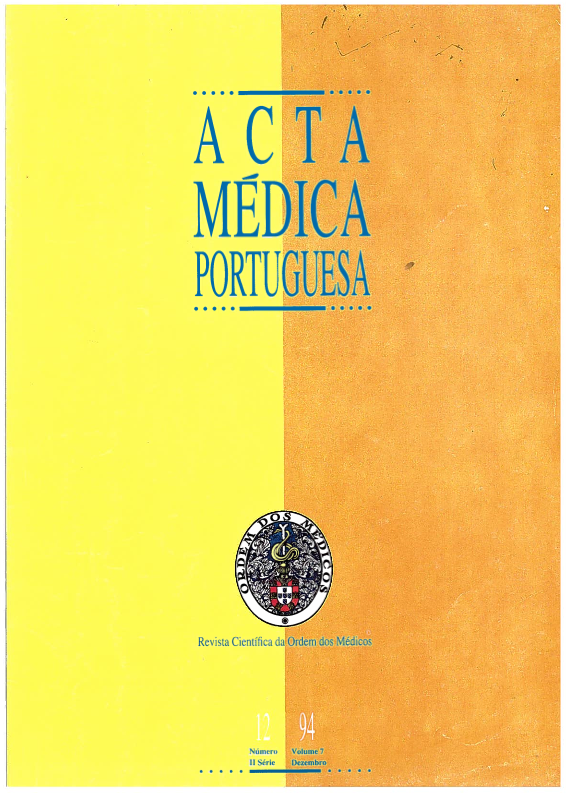Maternal anthropometric characteristics. Risk of intrauterine growth retardation.
DOI:
https://doi.org/10.20344/amp.3023Abstract
The aim of this study was to evaluate the association between maternal nutritional factors and intrauterine growth retardation (IUGR). We studied 1233 mothers who delivered single term newborns: 144 IUGR-birth weight less than one 10th percentile for sex and gestational age and 1119 controls-birth weight between the 10th and the 90th percentile. Maternal anthropometric factors (height, weight before and at the end of pregnancy, total and weekly weight gain and body mass index) were stratified according to quartiles of distribution in the studied population. Unconditional multiple logistic regression was used to estimate odds ratios (OR), adjusting each anthropometric parameter for non nutritional confounders (parity, smoking, gestational illness and history of low birth weight) and the effect of prepregnancy weight or weight gain. Mothers of IUGR cases showed significantly lower mean values of pre and end pregnancy weight, body mass index and total or weekly weight gain. Compared to the reference category (first quartile) women in upper quartiles of total or weekly weight gain, or end pregnancy weight showed significantly lower risks. For a total weight gain of 10-11 kg an OR of 0.43 was found, and that for a weekly gain of 238-297 g was 0.35. An end pregnancy weight between 63 and 68 kg had an OR or 0.45. However, compared to the second no evident benefit was found for the third or fourth quartiles of weight gains, where an increased risk of macrosomia can be anticipated. These results indicate that attitudes during prenatal care towards adequate weight gains may further reduce the risk of IUGR and the associated morbidity and mortality.Downloads
Downloads
How to Cite
Issue
Section
License
All the articles published in the AMP are open access and comply with the requirements of funding agencies or academic institutions. The AMP is governed by the terms of the Creative Commons ‘Attribution – Non-Commercial Use - (CC-BY-NC)’ license, regarding the use by third parties.
It is the author’s responsibility to obtain approval for the reproduction of figures, tables, etc. from other publications.
Upon acceptance of an article for publication, the authors will be asked to complete the ICMJE “Copyright Liability and Copyright Sharing Statement “(http://www.actamedicaportuguesa.com/info/AMP-NormasPublicacao.pdf) and the “Declaration of Potential Conflicts of Interest” (http:// www.icmje.org/conflicts-of-interest). An e-mail will be sent to the corresponding author to acknowledge receipt of the manuscript.
After publication, the authors are authorised to make their articles available in repositories of their institutions of origin, as long as they always mention where they were published and according to the Creative Commons license.









